aonestudio
I really should change my personal text
- Joined
- 11 March 2018
- Messages
- 2,967
- Reaction score
- 7,498
Don’t want to start a new “Japanese railgun” thread

Japan set to develop railguns to counter hypersonic missiles
Defense Ministry expects to have a bolstered intercept system by late 2020sasia.nikkei.com
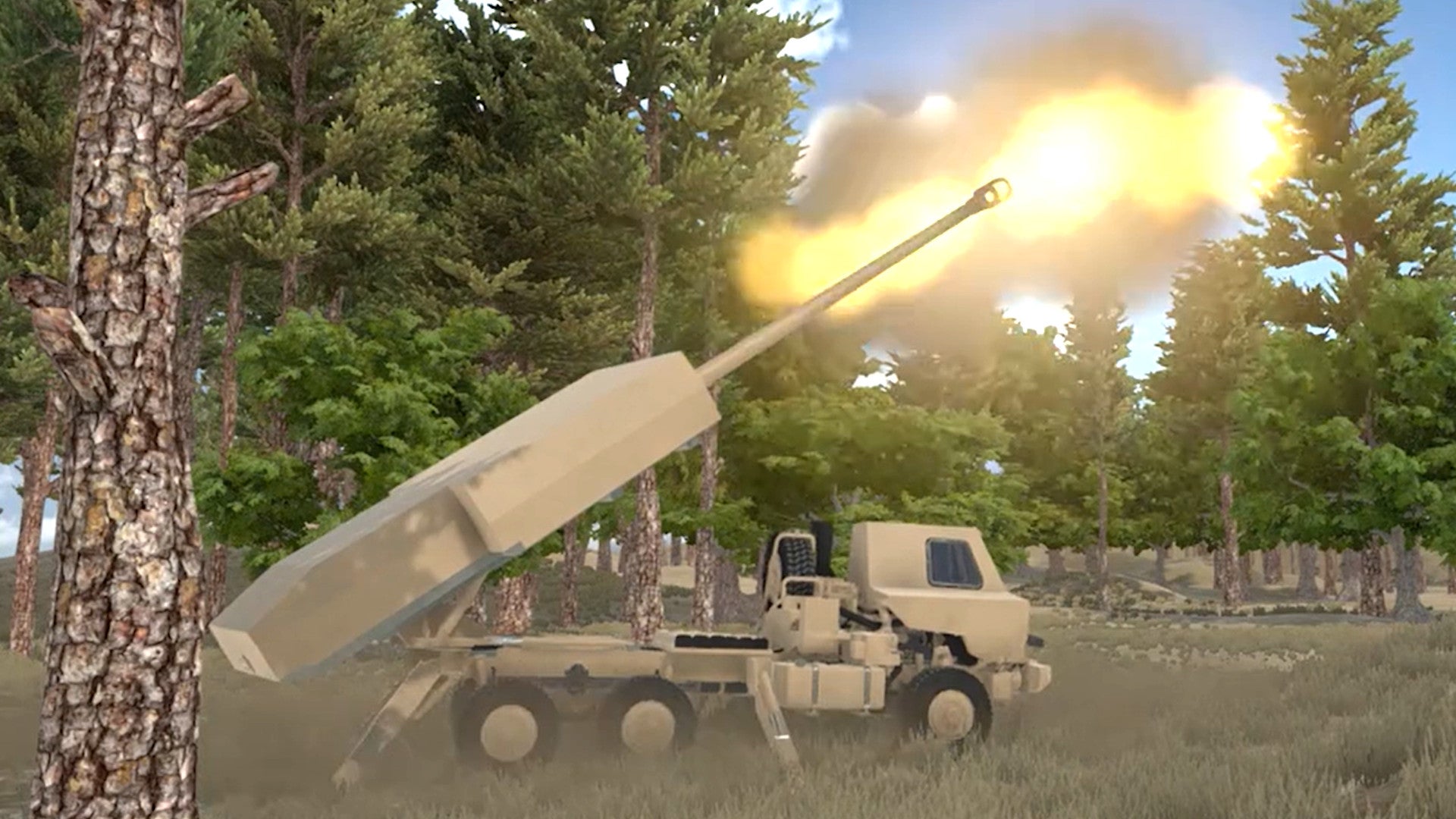
From that article, "...a prototype of the Army's XM1299 tracked self-propelled 155mm howitzer shot down a BQM-167 target drone standing in for a subsonic cruise missile using an HVP".
A government defence representative no less say's, "Just for the record, [a] tank shooting down cruise missiles. That’s just awesome," Will Roper, then the Assistant Secretary of the Air Force for Acquisition, Technology, and Logistics, said after that test, referring to the self-propelled howitzer's successful intercept of the BQM-167".
Just where do they get people like that in positions of influence? I know reporters have less attention span than a Goldfish and have no tolerance for them either but for an assistant secretary for a defence department.......

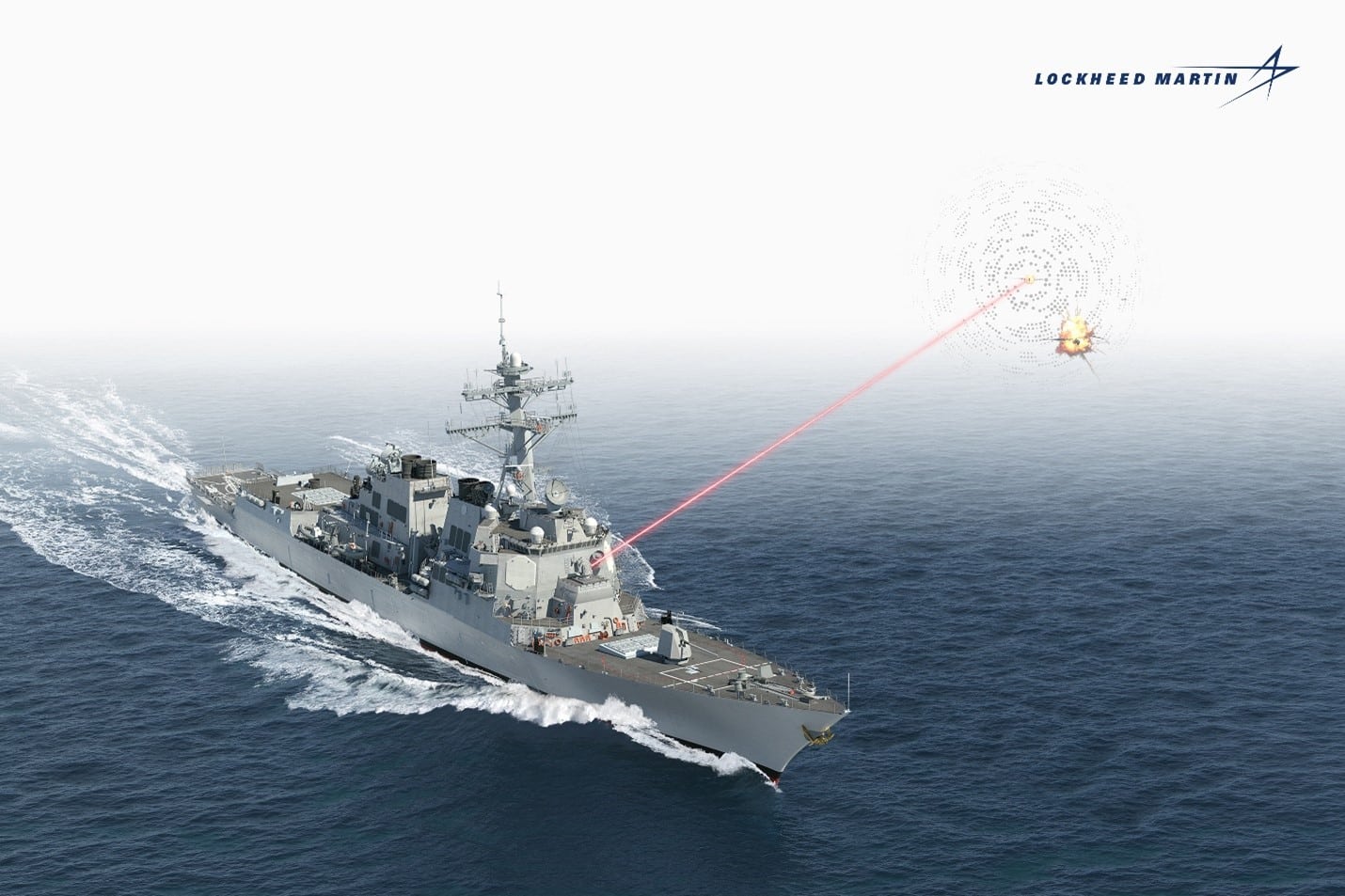
60 kW is not "high energy" in this context. Wake me when they're delivering over 1 MW.
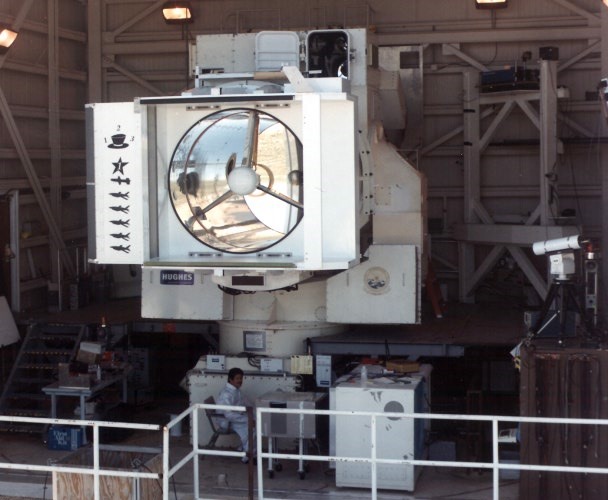
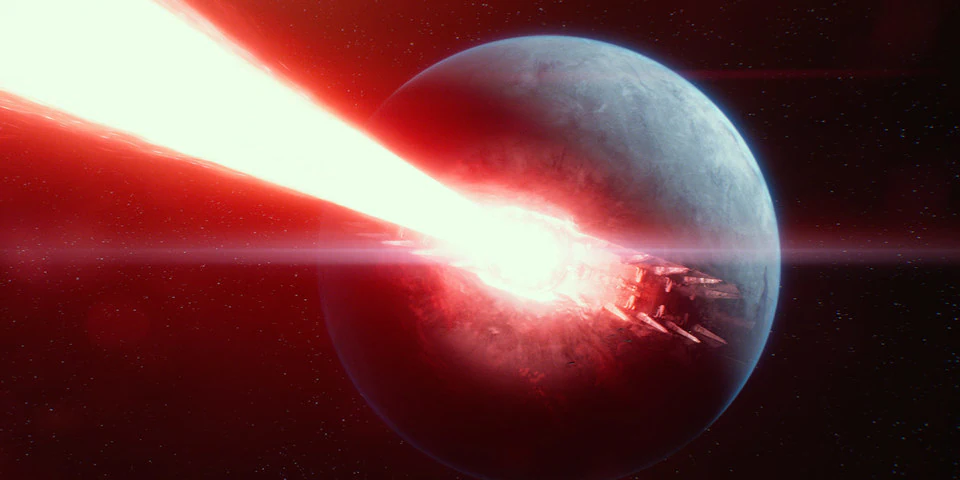
60 kW is not "high energy" in this context. Wake me when they're delivering over 1 MW.
"In this context." I don't care what's considered "high energy" for welding sheet metal. MIRACL was a megawatt class laser back in the 80s. Yes, we know it was a chemical laser. So? I'd be curious to see what their rational is for thinking a 60 kW laser is useful for anything other than blinding IIR seekers. The dwell time and range limitations mean you aren't going to engage many targets at all before they're on you at those lower power levels.60 kW is not "high energy" in this context. Wake me when they're delivering over 1 MW.
The technical definition of high-energy laser seems to be >1kw.
The services seem to think that something from 120 kW to 600kW is enough to credibly perform cruise missile defense tasks. Obviously HELIOS isn't there yet, but it's powerful enough to kinetically engage a pretty wide range of drones and has a growth path to the bottom end of that CMD range.
Now you're talking! MIRACL was able to shoot down Vandal cruise missiles and not have to dwell for five minutes to do it. (Vandal is basically a Brahmos/Yakhont analog.)60 kW is not "high energy" in this context. Wake me when they're delivering over 1 MW.
MIRACL - Wikipedia
en.wikipedia.org
What sferrin pictures in his head when 'high energy laser' is mentioned.
View attachment 682852
I read a navy study suggesting that 1MW is good for 10km. So based on a sqrt relationship with range, 60kW should be good for 2.5km."In this context." I don't care what's considered "high energy" for welding sheet metal. MIRACL was a megawatt class laser back in the 80s. Yes, we know it was a chemical laser. So? I'd be curious to see what their rational is for thinking a 60 kW laser is useful for anything other than blinding IIR seekers. The dwell time and range limitations mean you aren't going to engage many targets at all before they're on you at those lower power levels.
I wonder what the range was?Now you're talking! MIRACL was able to shoot down Vandal cruise missiles and not have to dwell for five minutes to do it. (Vandal is basically a Brahmos/Yakhont analog.)60 kW is not "high energy" in this context. Wake me when they're delivering over 1 MW.
MIRACL - Wikipedia
en.wikipedia.org
What sferrin pictures in his head when 'high energy laser' is mentioned.
View attachment 682852
That's maybe an argument for nuclear-powered destroyers.No to mention, an AB doesn't have the juice to run anything in the neighborhood of a MW laser, or even a 500kw, unless you're willing to wait a good long time between shots recharging the capacitor banks.
That's maybe an argument for nuclear-powered destroyers.No to mention, an AB doesn't have the juice to run anything in the neighborhood of a MW laser, or even a 500kw, unless you're willing to wait a good long time between shots recharging the capacitor banks.
I heard the Nimitz carriers can provide electrical power to a small city in emergencies or something.Not really. The main propulsion turbines of a DDG-51 produce ample power. But they can't turn that power into electricity; that comes only from the much smaller ship service generators. Nuke power does not inherently change this; nuke plants usually send most of their power to the shafts and only a fraction to ship service turbogenerators.
Switching to integrated electric power and propulsion is the actual solution, whether the power source is nuclear or gas turbine. The main power source drive generators instead of going straight into the shafts, potentially making all of the ship's power usable for weapons.
I heard the Nimitz carriers can provide electrical power to a small city in emergencies or something.Not really. The main propulsion turbines of a DDG-51 produce ample power. But they can't turn that power into electricity; that comes only from the much smaller ship service generators. Nuke power does not inherently change this; nuke plants usually send most of their power to the shafts and only a fraction to ship service turbogenerators.
Switching to integrated electric power and propulsion is the actual solution, whether the power source is nuclear or gas turbine. The main power source drive generators instead of going straight into the shafts, potentially making all of the ship's power usable for weapons.
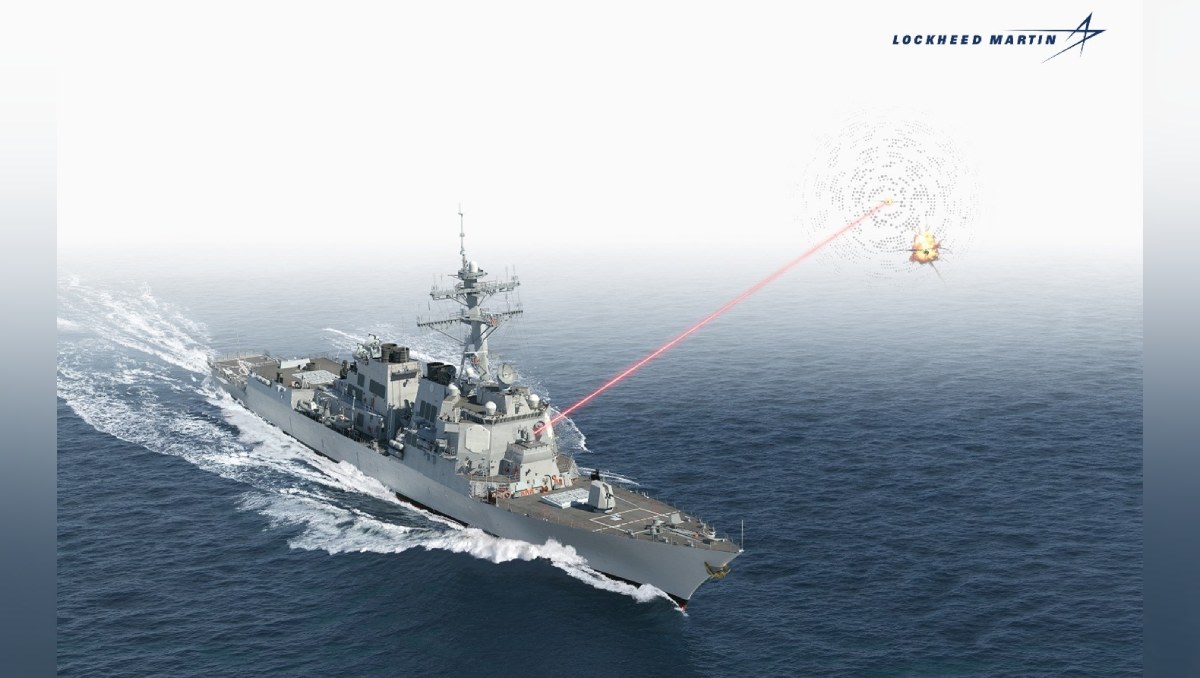

May you send pics of the article ? I can't access those pics .
Here's Our First Look At A HELIOS Laser-Armed Navy Destroyer
USS Preble is the first Navy ship with HELIOS, which can damage and destroy targets like small boats and drones, and blind optics.www.thedrive.com
Thank you Sir !
Here's Our First Look At A HELIOS Laser-Armed Navy Destroyer
USS Preble is the first Navy ship with HELIOS, which can damage and destroy targets like small boats and drones, and blind optics.www.thedrive.com
I don't think ODIN's exact current output has been made public. It's less than 60 and more than 30kw based on what's out there.
Space basically.Why don't they put them on carriers. They need them more so than destroyers.
Considering the horribly toxic shit that thing used as fuel you really don't."MIRACL was a megawatt class laser back in the 80s"
I want that atop SLS or Starship.
This follows Alfalight's successful completion of Phase I in which Alfalight developed working diode lasers that surpassed the targeted 65% efficiency (see Laser Focus World, March 2005, p. 59). Phase II will enable Alfalight to continue making fundamental improvements to the power-conversion efficiency (PCE) of pump laser diodes and to develop high-efficiency, high-power diode-laser stacks. High-PCE laser diodes are a key enabling component for high-power laser systems, amplifiers, and industrial lasers by allowing higher output power with less waste heat.
Alfalight demonstrated 71% efficiency in a 970-nm, 55-W laser bar at 25ºC in November 2004, and was certified by NIST in March 2005 to have met the Phase I program objectives. Phase II of the program has a target of 80% PCE in a 480-W stacked array at 50ºC. Alfalight will focus on efficiency enhancement by further reducing the optical- and electrical-loss mechanisms of current designs, and by creating fundamentally more efficient diode laser structures using quantum dots and unique epitaxial growth methods.
OE-82C SATCOM
What is the weird circular installation mounted to port and abaft the HELIOS mount on the same sponson?
Ugh. HELIOS isn't an anti-missile laser. It might be able to dazzle an IR seeker,
